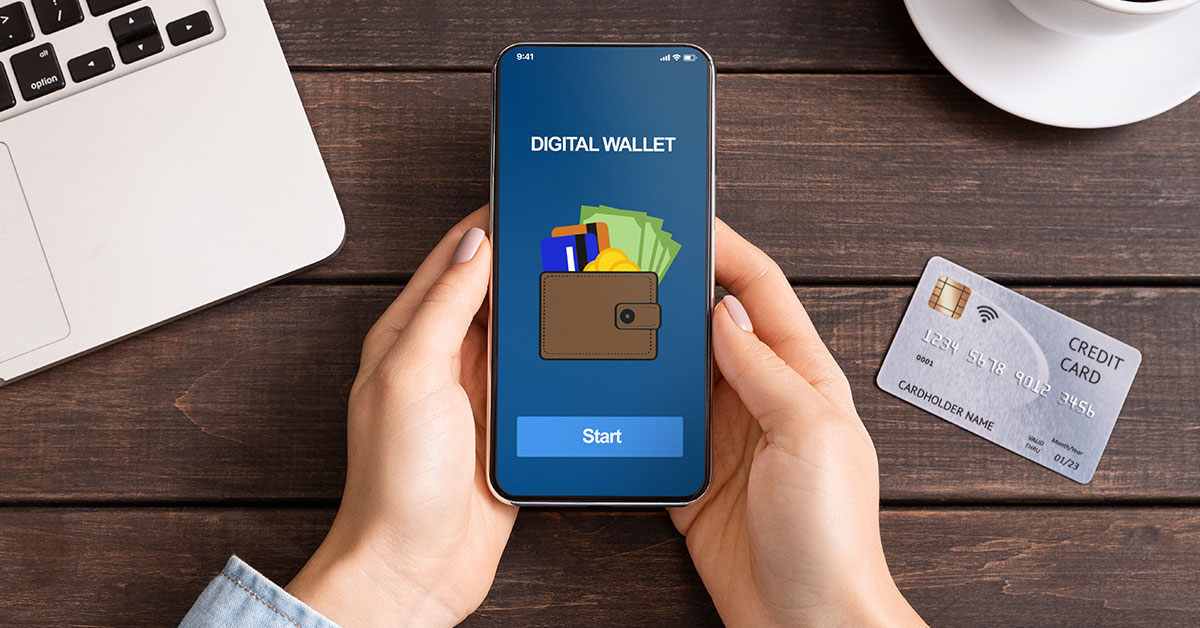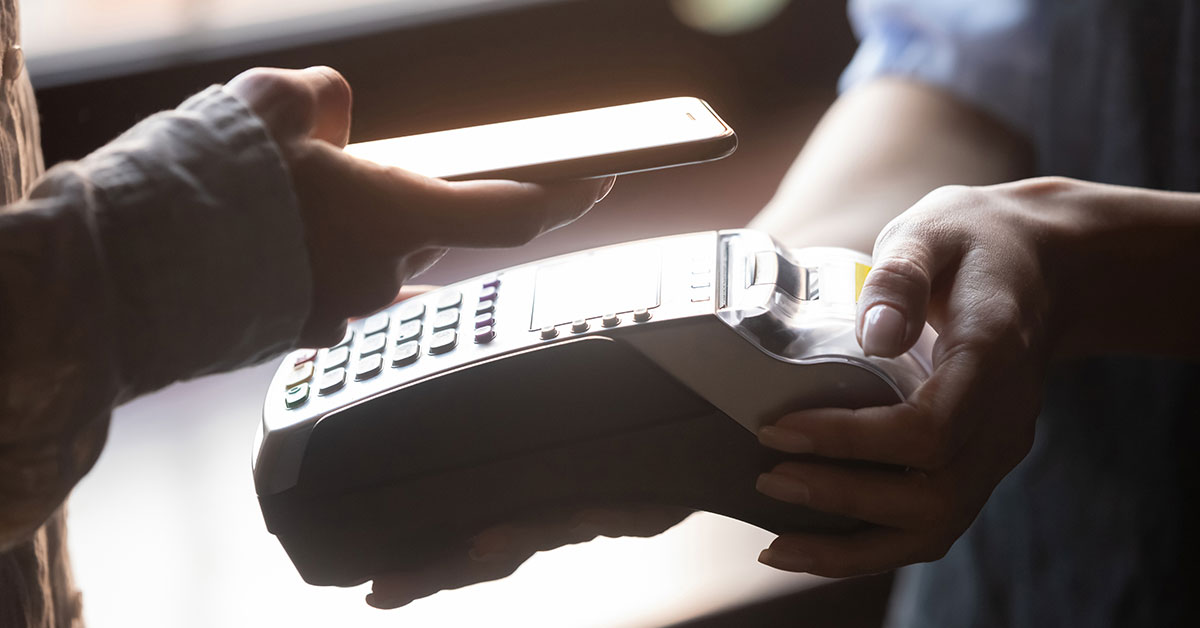
What is a Digital Wallet?
If you’re old enough to remember when debit cards were new and exciting, then you might not be familiar with the latest payment technology, a digital wallet. But, more than likely, you’ve already got one set up on your phone and you might have even used it for some recent transactions without really being aware that it had a name. After all, it’s reported that nearly 65% of people have used a mobile payment within the last year.
And with any new technology comes the fear of security and reliability. But digital wallets aren’t just convenient. They’re extremely secure and very reliable. If you’re not in the habit of using this technology, let us introduce you to the benefits and why you should consider becoming a regular digital wallet user.
What is the Purpose of a Digital Wallet?
Digital wallets are secure, convenient digital storage apps that securely save payment information for easy use in transactions. Their name is literal, and it’s helpful to think of them as digital versions of your wallet because that’s exactly what they are. They can be on your phone, computer or other electronic device.
In essence, a digital wallet makes it easy to securely store and quickly access payment information. A mobile wallet, which is a digital wallet app on your phone, is a digital place to access your payment information on-the-go and quickly use it in a transaction. Rather than using a card, you simply hold your phone up to the payment processor and your transaction is complete. In the post-coronavirus pandemic age, this touchless pay feature is a plus.
Is a Digital Wallet Secure?

Digital wallets are one of the most secure forms of payment and account storage available. This is because no actual account information is stored, rather, all information inputted is immediately encrypted and tokenized. What does encrypted and tokenized mean? Let’s break it down:
- Encryption – In simple terms, encryption takes data in motion and scrambles it so that it cannot be intercepted and read. In the world of digital wallets, this means that every time you make a purchase, your payment information is sent via a scrambled code that cannot be unscrambled to reveal your personal, financial information.
- Tokenizing – Think of tokenizing like encryption, except it’s for data that’s not moving. This is important to understand because this means that the payment information stored on your phone is not actually your bank account number or credit card information. It is a tokenized version, so no one can hack into your digital wallet and retrieve your actual payment information.
We know this might sound a little sci-fi, but what you really need to take away from this is that digital wallets are safe. Cash can be lost. Checks can be forged. Debit cards can be stolen. Account information can be skimmed. Online transactions can be intercepted and hacked. But encrypted and tokenized payment information is far more secure than any other payment method. And if someone steals your phone, they’d still need your passcode, pin, or in most cases, biometric data (like a fingerprint or facial recognition) to access and use your payment information.
Other Advantages to Using a Digital Wallet
Beyond the security and safety of using a digital wallet, there are some additional advantages to using a digital wallet.
- Convenient and Efficient – Paying with your phone is as easy as bringing up your digital wallet and holding your phone to the payment processor.
- Additional Organization – A digital wallet doesn’t just store your payment information. You can also use it to store loyalty cards, boarding passes, tickets, gift cards, and coupons.
- Easy Access to Spending History – Many digital wallets, such as Apple Pay, come with easy-to-view reports, which show you your transaction history, making it more convenient to budget and track spending.
How to Use a Digital Wallet

A digital wallet is easy to use and only takes a few minutes to set up. First, store your information in the wallet. Most apps can automatically input this information for you by connecting with your online banking app. Once you’ve verified the information is correct, you’re all set up.
Then, you can use your digital wallet to pay for transactions or send and receive money. Apps like Venmo and Facebook Messenger Pay are considered digital wallets because they tokenize your payment information to use in transactions.
The most common way to use digital wallets, however, is via touchless pay technology. To do this, you simply open your digital wallet and hold it up to the payment processor. The phone and processor will use what’s called near field technology to securely send over your encrypted payment information.
Though new technology can be scary, and it’s always wise to worry about the security of your data and financial information, digital wallets are one of the most secure forms of payment available. Of course, no type of payment transaction is 100% guaranteed to be safe and secure. But don’t hesitate to try out the newer, more convenient forms of technology, because like digital wallets, they are usually designed with security as the number one priority.
More Money Safety Tips from Community First
- Using Buy Now Pay Later Apps
- Are Peer to Peer Payment Apps Safe?
- Protect Your Personal Information
- Protect Yourself Against Quishing
- What is Social Engineering?









